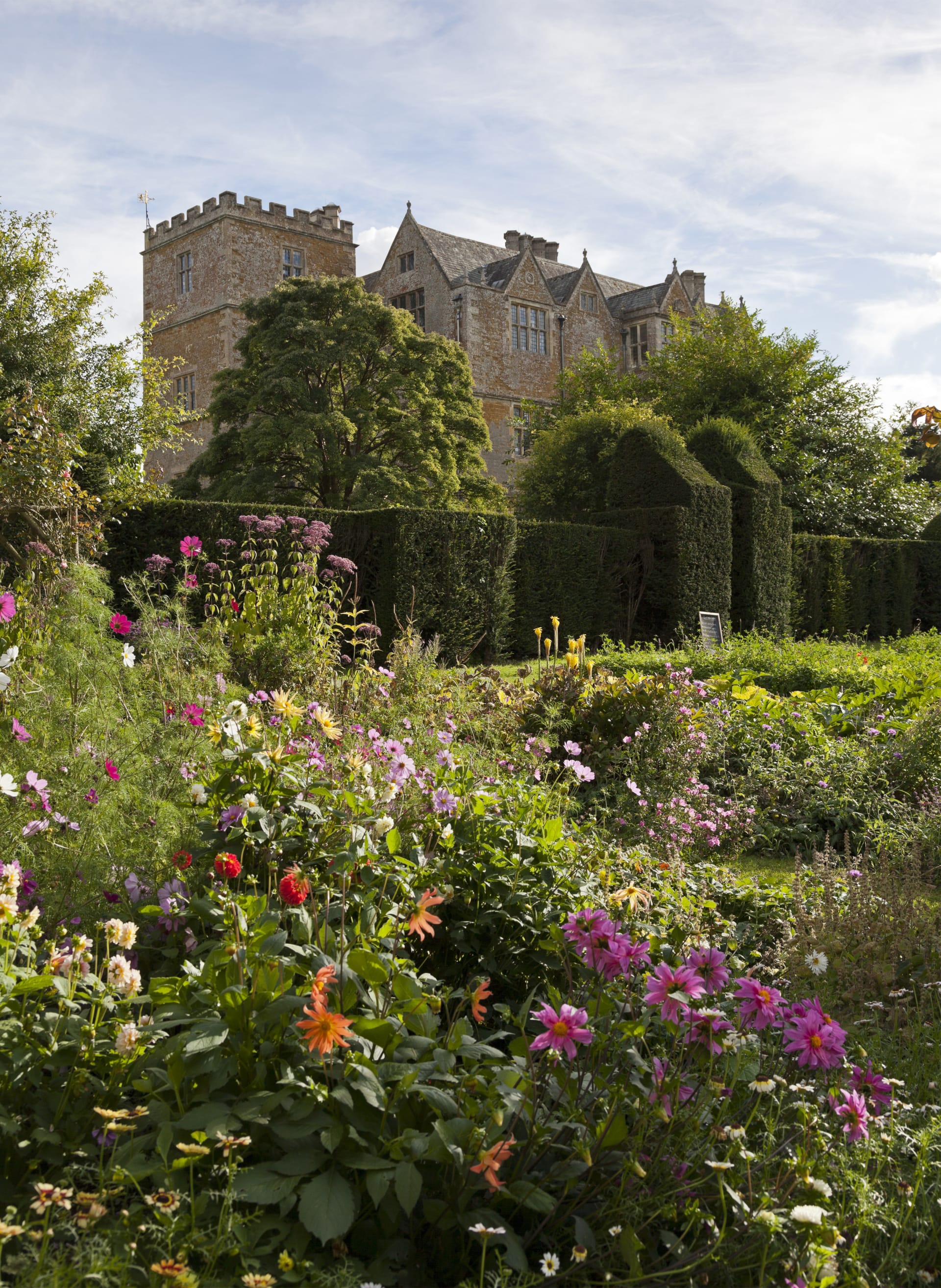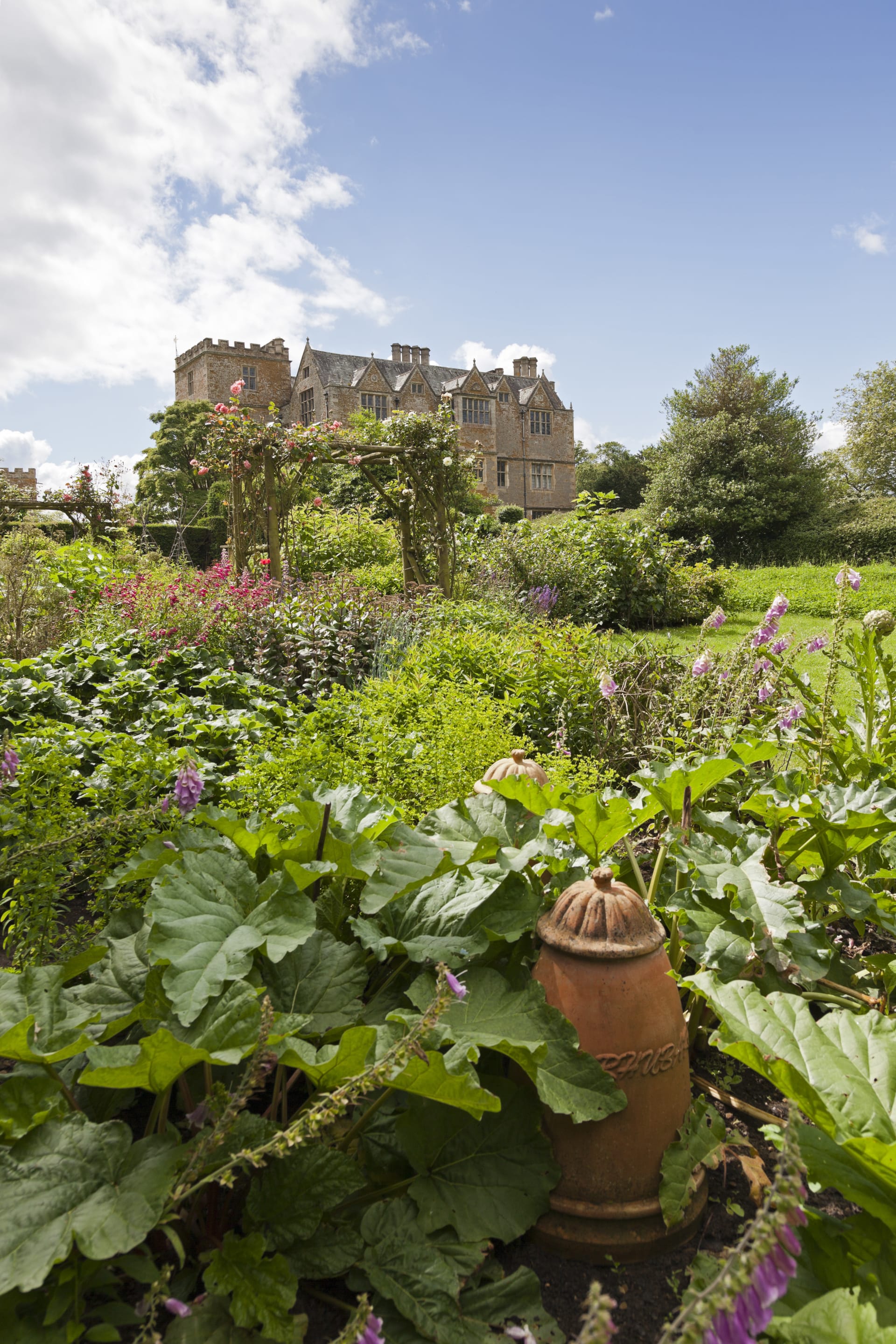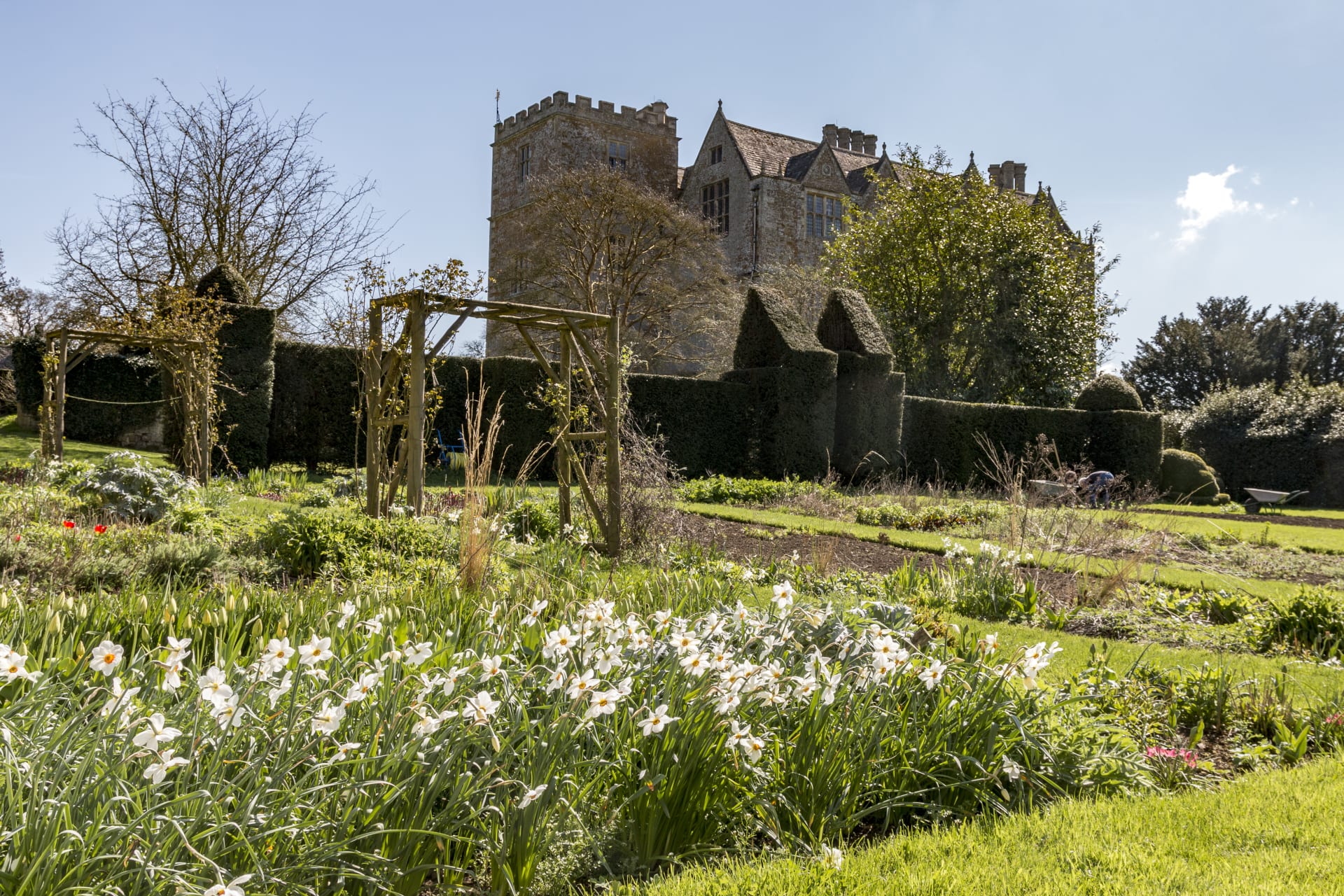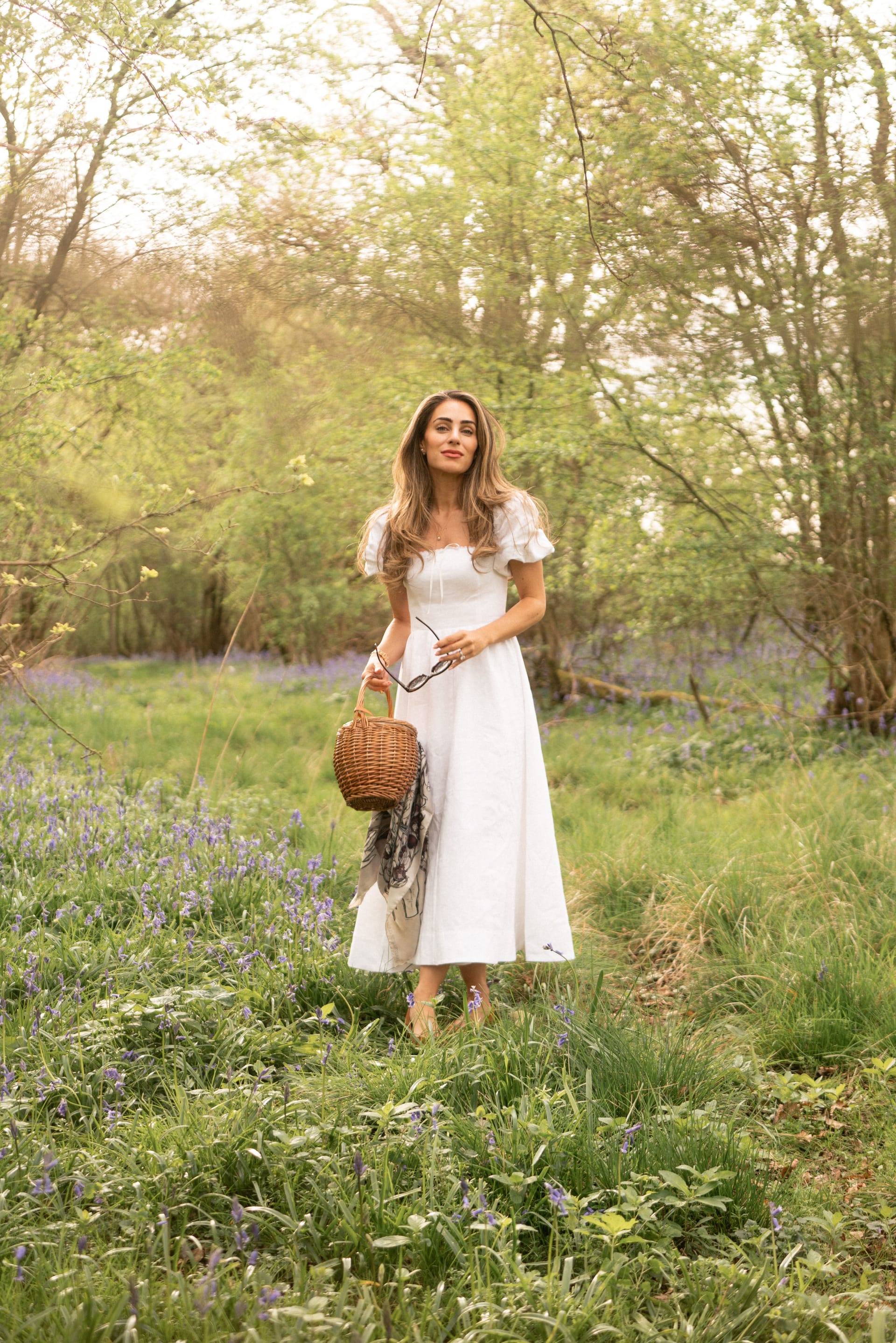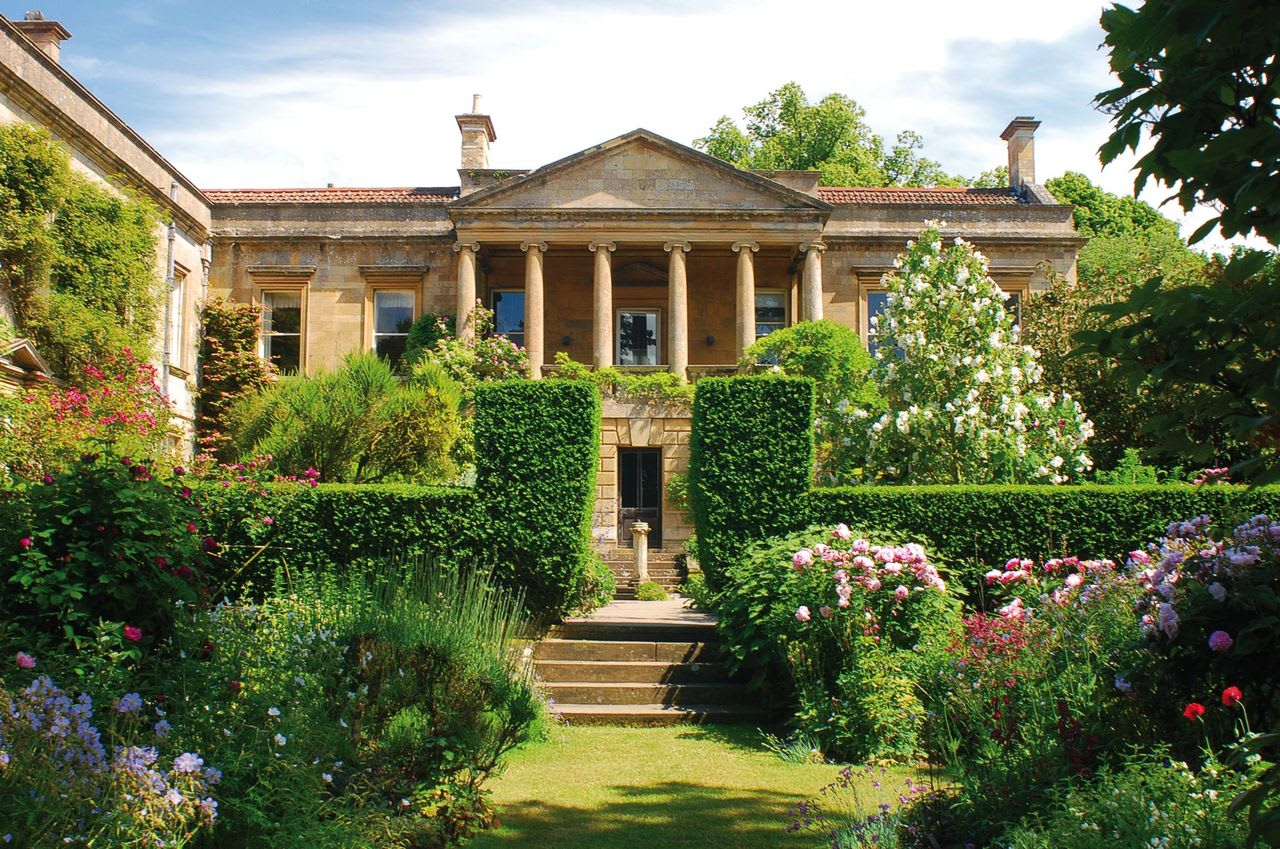To celebrate the great work undertaken by women around the area, we have taken the opportunity to talk with Rosy Sutton, senior gardener at Chastleton House and Garden near Stow-on-the-Wold, which is cared for by the National Trust.
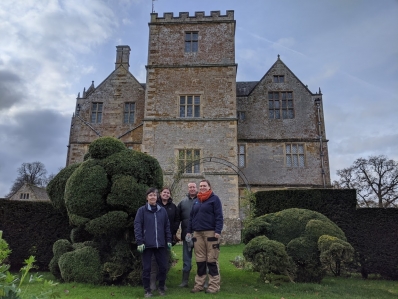
Located just off toward the A436 on the road to Stow-on-the-Wold, you will discover Chastleton House and Garden. Once the family home of wealthy wool merchant Walter Jones, the property was built during the reign of James I. This fine example of Jacobean architecture and forgotten grandeur has links to the gunpowder plot, the Jacobean rebellion and Bonnie Prince Charlie. Remaining in the control of one family for over 400 years, as the family gradually lost its wealth, both house and garden slowly began to show signs of neglect. In 1991 however, Chastleton House and Garden was passed into the care of the National Trust by its last owner Barbara Clutton Brock, and so began an extensive programme of preservation rather than renovation.
As we look forward to the longer days in 2020, the gardens at Chastleton continue to reveal more of their romantic ambience as senior gardener Rosy Sutton, and her team of gardeners continue to re-establish this beautiful ‘time capsule’ of a Cotswold Jacobean garden.
Having undertaken her training through the National Trust careership at Hidcote, Rosy has been at Chastleton since 2013. The garden is very different than one would expect, as she explains:
“Chastleton is the first garden that I have managed. It is small and perfectly formed with the most amazing spirit, and apart from ‘water gardening’, incorporates all aspects of horticulture. We are different at Chastleton because of the way that we manage the house and garden, following the path of ‘managed decline’. It was given to the National Trust as a sort of time capsule, perfectly illustrating how grand houses and gardens gently fade when the money dries up. In the house there are cobwebs and dust. In the garden there are weeds in the gravel, creepers scrambling over walls and some of the shrubs could do with a good prune, which gives the place an enchanted feel! It is also a place with a long connection to the arts – poetry, stories and painting to name a few – so my ethos in the garden is that if something is beautiful – even though it may be thought of by some as a weed – it gets to stay. I couldn’t do this all by myself, so I have an amazing team of volunteers who have an outstanding work ethic and love the garden.”
The four-acre garden at Chastleton continues to retain links to its Jacobean past, wrapping around the house in a cross shape with a kitchen garden, topiary garden, croquet lawn and a wilderness. Currently the Chastleton gardening team are creating circular walks from the visitors’ carpark providing people with the chance to stride out through the beautiful countryside that makes Chastleton so magical.
During the summer months, Chastleton’s historical croquet lawn holds links with the past. Here in the 19th Century, one former impoverished owner, Walter Whitmore Jones, codified the rules of Croquet. Today visitors to Chastleton Gardens can get involved in this traditional British pastime. However, the lawns at Chastleton are not always kept in bowling green perfect condition.
“At Chastleton we encourage weeds in our lawns. Because the turf is so old, there is a rich population of wildflowers that live in them. You can’t beat a lawn littered with daisy and clover flowers for young kids to sit on; you can’t make a daisy chain on a perfectly manicured lawn! We do however work hard to maintain the lawns with 40,000+ people walking on them every year.
Although we have beautiful soil at Chastleton, when it gets wet the top surface can get quite slick which isn’t great for visitors and our grass paths can get quite slippery at the beginning and end of our open season. With this in mind, we have been creating another interesting area at Chastleton. At the turn of the 20th century it was high fashion to have a wilderness at the bottom of your garden. This was an area of trees which you could walk under, planted with bulbs and other shade loving plants. The wilderness at Chastleton is lovely and not as visited as other parts of the garden. In the spring it is full of snowdrops and other bulbs and most importantly, it has a hard path. Therefore, in the early part of the season we open the wilderness walk whilst preserving the rest of the garden. This means that the gardens – and people’s shoes – are preserved, and most importantly our visitors also get to see our collections of snowdrops and spring bulbs.”
As part of Chastleton’s preservation project, Rosy and her team have been working on the ‘Best Garden Project’. She tells us more:
“The Best Garden lies to the east of the house and was once the jewel in the crown of Chastleton. Whenever there was money in the family, it would quickly be spent on repairing the house or improving the garden. In the 1960s however, when the previous owners moved in, they promptly grassed over the massive 14ft deep circular borders because they couldn’t afford the gardeners it would take to maintain them. We feel that the time is right to reinstate the Best Garden and show visitors what it looked like when money wasn’t as tight. However, we are doing it Chastleton style: on a shoestring, with most of the funds needed to complete this three-year project raised through selling Chastleton plants and garden produce.
In the spring of 2019, we opened the first borders in the centre of the Best Garden, filling them with roses, salvias, scabious and lupins, which bloomed into an absolute riot of colour.
We have just finished opening the next 10ft deep circular border around the outside of the Yew hedge and in the Autumn of 2020, we will open the final 14ft deep border and fill it with herbaceous perennials. It will be completed in 2021 when it truly will be the Best Garden again. This is also the year that we celebrate 30 years since acquisition by the National Trust.
Working within the National Trust’s conservation management plan, we’ve used loose colour themes in our borders to make sure that each part of the garden is distinct and different from its neighbours. The Forecourt is south facing and encased in Cotswold stone walls, so has golds, pinks and oranges to reflect the colours in the walls of the house. The Best Garden will have pale pastels and silvery foliage and the Kitchen Garden borders are rich jewel colours. We also use signature plants that can be seen across the site, such as fox gloves and toadflax.
Although laid out in the early 1600s the garden at Chastleton has always evolved, so I am not beholden to using plants solely from a specific period in terms of planting. If the plant looks right, then I can use it. In the Best Garden project, we have chosen to look at all plants to evoke the spirit of the borders in their heyday of the 1920s. This allows us to use modern cultivars which look right but are also bred to be more disease resistant or more suited to climate change.”
Another important historical aspect of Chastleton’s garden is the topiary which keep a team of volunteers very busy each year ensuring that it looks its best.
“Our topiary plants in the Best Garden are box, which we think were planted in the 1830s (we have very few diary entries to go on). Over their life they have changed considerably. We have photos of them at the turn of the 20th Century when they were loose forms as the family didn’t employ many gardeners to keep on top of the pruning. Thirty years later when the house was let to the Richardson family, they employed four gardeners who kept the topiary clipped into tight shapes. There is a ship in full sail, a snail and a hen, along with many other figures. When the National Trust took over Chastleton the topiary was very amorphous, having been trimmed by a local farmer once a year. Along with the Best Garden project we are now starting to renovate these shapes, however this will take much longer as the box grows so slowly. My team of volunteers help trim the topiary, and it’s so lovely to hear them chat as they clip away. It takes us about a month to trim the 24 shapes during June when the sun isn’t too strong, so the leaves don’t get scorched, and the weather is dry, so fungal diseases like blight are less of a problem.
To find out more about this glorious property visit nationaltrust.org.uk/chastleton-house.
